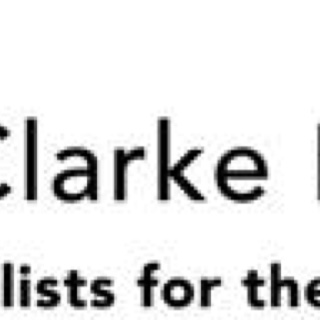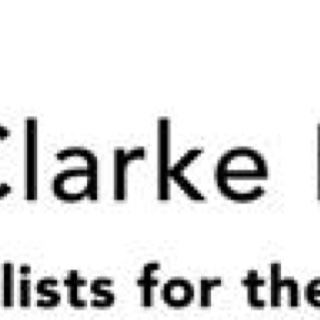Information
-
Document No.
-
Audit Title
-
Client / Site
-
Conducted on
-
Prepared by
-
Location
-
Personnel
-
Rules of WIR and Progress Reporting
1. All reports need to be in for the dates that have been agreed on the reporting timetable. If there are any reports missing the reporting manager (AS) needs to make contact with the contracts manager (JHL), finding out why reports are missing and getting confirmation when they will be in. Everybody needs to remember that there is a maximum of three working days over date of when the report needs to be in. It is not an option for reports not be done after three days.
2. Generally, there should be reports prepared for each elevation, where all assessed levels are listed. Each single report may include more than one elevation. However, it must be clearly described in the introduction which facades have been examined and what works have been completed during the assessment.
3. When job is being handed over to the project manager/contracts manager, the Reporting manager must prepare a construction plan drawing of the project, number each elevation and then refer to these numbers when conducting Work Inspections.
4. Construction plan layout drawings with numbered elevations must be saved onto the M Clarkes reporting folder on the Network. Jobs/Projects/Quality.
5. Each report should include in the introduction (cover page of report) description of the assessed façade (assigned number) along with the description of type of works which were completed as assessed façade (assigned number) along with description of type of works which were completed and assessed by project manager.
6. We have issued standard detail drawings reference numbers D01, D02, D03, D04, D05 and so on. These are available in "M Clarkes Guidance Booklet” and need to be referred to throughout WIR and clearly show what is required.
7. The report with error/failure marked RED, must be saved on the system. The next report that will follow must show how the error was rectified. If improvement was not possible, eg: due to soft ground/lack of access, it needs to be described/explained. The answers column still needs to be highlighted red. However, if the error was rectified the section should be changed to green. The comment section is to be used for explanations of how and when error was rectified.
8. If project manager has found an error during the assessment, it must be noted and fixed before consecutive stages of works progresses, eg: CP board cannot start before Metsec sub frame is properly fixed. Quality Control Manager cannot accept the next WIR report until everything is fixed and up to date on the previous report. This is to make sure that all errors are corrected, and there are no error omissions.
9. Progress reports need to be genuine and relevant.
10. It is important that progress reports always have delay events.
11. All reports have to be sent to main contractor and subcontractor. -
Elevation number:
-
Completed by subcontractors:
Part 1. Preparation for Timber Cladding
-
1. Have the Operatives been provided with sufficient training in the specified system?<br>
-
Add media
-
2. Has the operative been given the relevant drawings and details to complete the works?<br>
-
Add media
-
3. Have the windows / curtain wall / doors been installed to correct levels and handed over to main contractor?<br>
-
Add media
-
4. Are EPDM's correctly installed?<br>
-
Add media
-
5. Is the wall substructure to correct line and level?<br>
-
Add media
-
6. Have all vents, brackets, rainwater pipes been taken through the CP board and handed over to the main contractor?<br>
-
Add media
-
7. Has EPDM been installed to all vents, rwp's/louvre bracket fixing centres?<br>
-
Add media
-
8. Has the correct and specified breather membrane been installed?<br><br>
-
Add media
-
9. Has the breather membrane been dressed out and over horizontal flashings / pods and taped and sealed?<br>
-
Add media
-
10. Has breather membrane been taped at vertical joints and overlapped 300mm at horizontal joints?<br>
-
Add media
-
11. Has the breather membrane been taped to and around all openings protrusions, as specified on the Reference Drawing D 03 (see MClarke reference booklet)<br>
-
Add media
-
12. Have all parts of EPDM properly overlapped and secured with Dafa tape?<br>
-
Add media
Part 2. Timber Cladding.
-
18. Are timber battens as per specification? Are timber battens of proper size so as to allow fixings spaced 30mm from the edge of the board, or as per specification? <br>
-
Add media
-
19. Have timber battens been installed at correct centres, using correct fixings.?<br>
-
Add media
-
20. Have timbers been adjusted to correct line and level?<br>
-
Add media
-
21. Are additional supports required around openings, if yes are they installed correctly?<br>
-
Add media
-
22. Have margins around openings been installed consistently(gauge should be used)<br>
-
Add media
-
23. Has insect mesh been installed correctly?<br>
-
Add media
-
24. Has correct horizontal movement gap been left between the battens ?<br><br>
-
Add media
-
25. Have timber Syberial Larch panels been fitted to horizontal battens with correct/specified stainless steel nails?<br>
-
Add media
-
26. Have nails been fitted at 600mm centres ?
-
Add media
Inspection Results
-
Site Notes
-
Signed off by Project Manager
-
Signed off by Contractor's representative.








